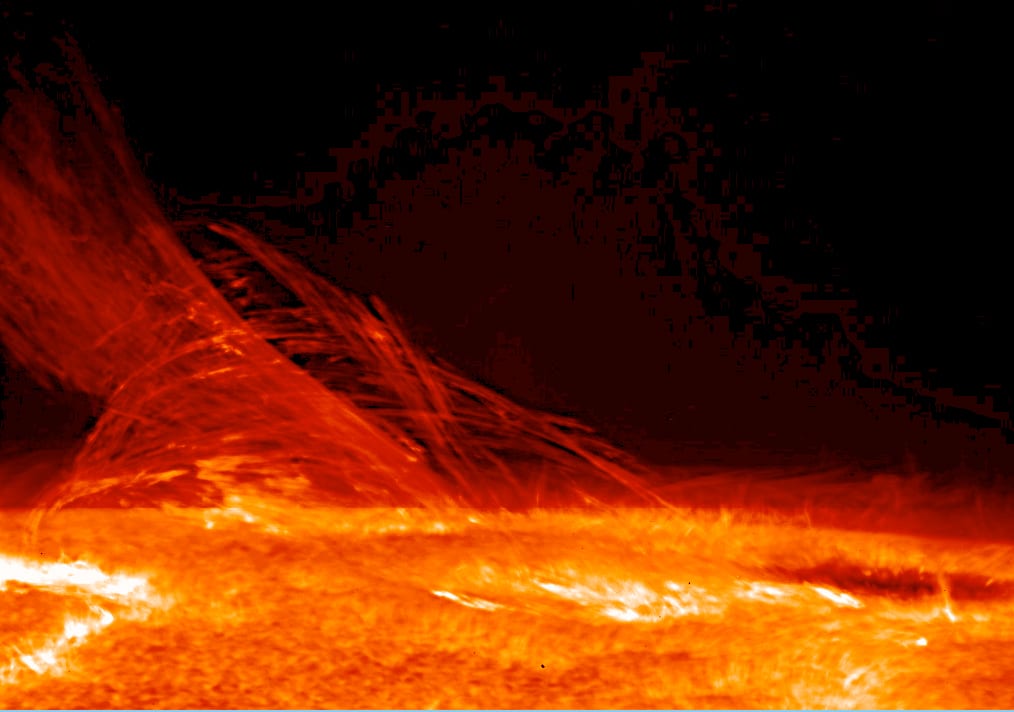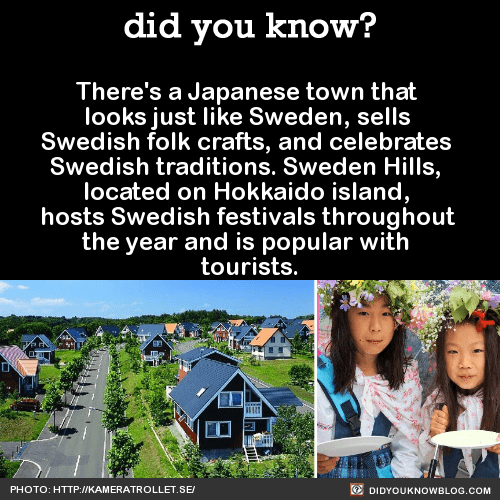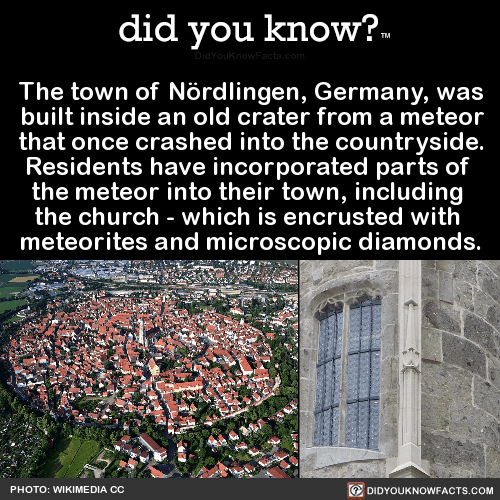There’s a lot of information out there about how to treat a snakebite in order to give yourself the best chance to survive. And if you grow up somewhere with dangerous snakes, you pay attention when you people talk about how to handle a bite.
After being bit on the finger, an unfortunate Chinese man from the Zhejiang province thought he was doing exactly the right thing when he cut off the afflicted appendage – only to find out at the hospital that it was all for naught.
He believed the snake that had bitten him was a “hundred pacer” (Deinagkistrodon acutus), a snake that’s believed to have venom potent enough to kill a man before he can walk 100 steps.
In some parts of China, the same species is known as a five-step snake, which would make it 20x more deadly than this man believed when he took such drastic action.
So, I mean…you kind of get his reasoning (and admire his grit).
He arrived at the hospital 50 miles away, only to be told by one Dr. Yuan Chengda that “the five-step snake is not that toxic.”
It turns out that, while the snake’s venom is dangerous and can cause symptoms like local bleeding, swelling, blistering, necrosis, heart palpitations, and even death, it’s not as rapid as people believe. Also an antivenin is available and, if received in 6 hours or less, usually effective.
If the man had brought his finger, doctors at the hospital said they could even have reattached it.
According to Dr. Yuan, this isn’t even close to the first case he’s seen of someone overreacting and losing a limb.
“Some bite victims used knives to cut their fingers or toes, some used ropes or iron wires to bind the bitten limb tightly, and some even tried to destroy the venom in their body by burning their skin. When they arrive at the hospital, some people’s limbs are already showing signs of gangrene.”
Officially, the advice when dealing with a snakebite is that the “wound should not be tampered with in any way” – i.e. you shouldn’t use tourniquets, you shouldn’t “cut, suck, or scarify the wound or apply chemicals or electric shock,” and most of all, you shouldn’t panic.
Easier said than done, of course, but I’d say allowing a doctor to cut off any limbs that need cutting is probably your best course of action.
The post A Man Finds out His Snakebite “Wasn’t That Bad”…After He Chops off His Finger appeared first on UberFacts.
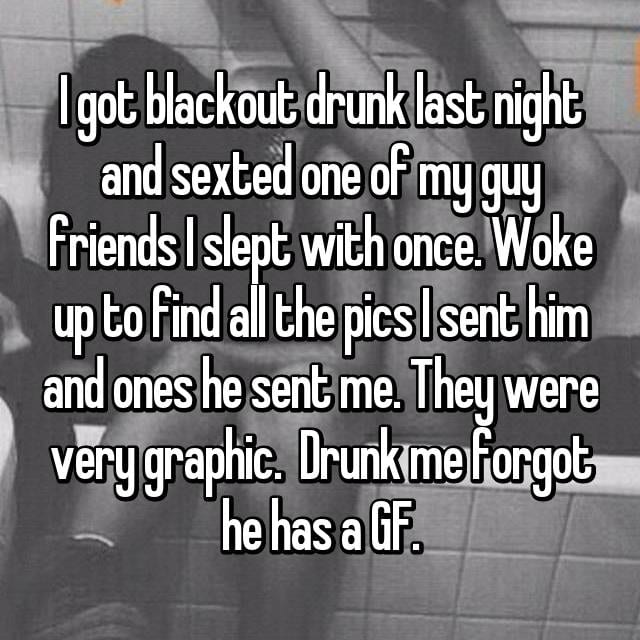
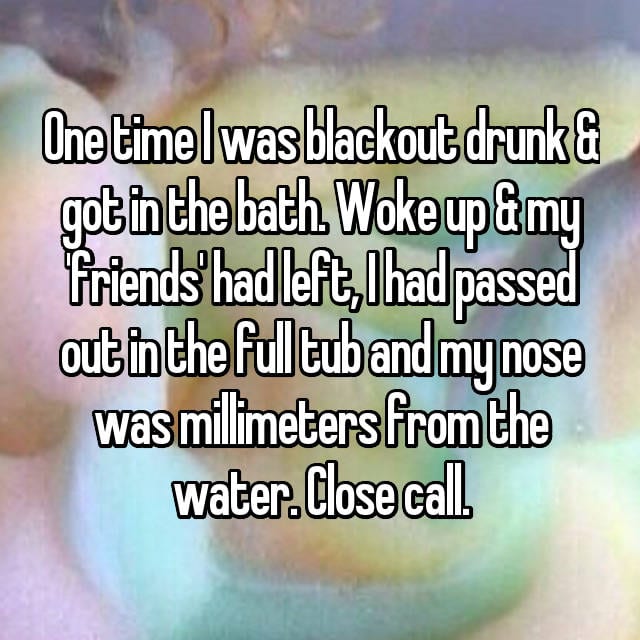

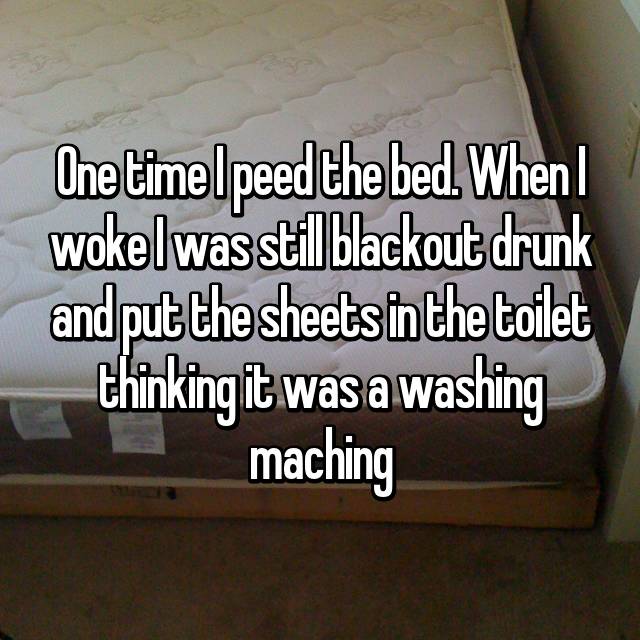
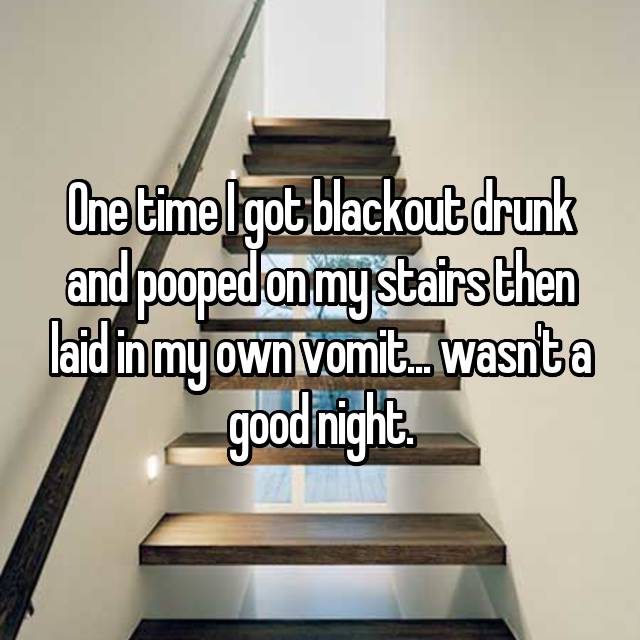




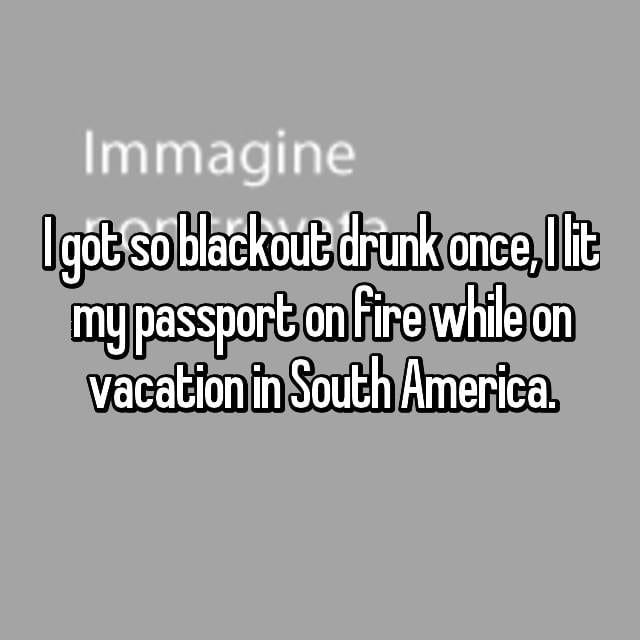



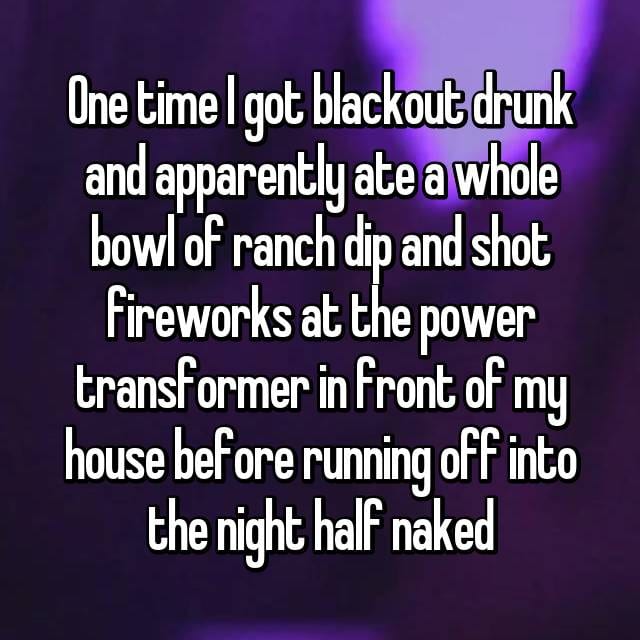
 GOOD WORK
GOOD WORK 13 yr old Caroline Crouchley’s design (Young Scientist Challenge) builds on Elon Musk’s idea but uses it to move existing trains—not move just a few people in a pod
13 yr old Caroline Crouchley’s design (Young Scientist Challenge) builds on Elon Musk’s idea but uses it to move existing trains—not move just a few people in a pod 

